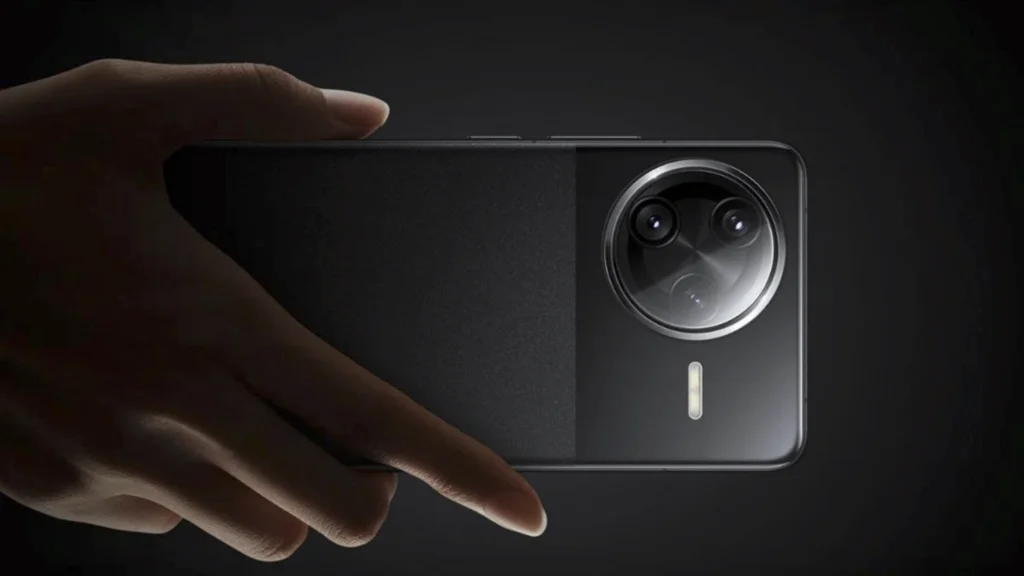The highly anticipated POCO F7 Ultra, the upcoming flagship from Xiaomi’s sub-brand, has made waves after being spotted in the Geekbench AI benchmark test. This leak not only confirms key hardware details but also hints at its potential to dominate the high-end smartphone market. With cutting-edge specs and a focus on AI performance, the POCO F7 Ultra is shaping up to be a game-changer. Here’s everything we know so far about this exciting device as of March 07, 2025.

Snapdragon 8 Elite: A Flagship Chipset Unleashed
The POCO F7 Ultra surfaced in Geekbench AI under the model number 24122RKC7G, a code previously tied to the device in certifications like Indonesia’s SDPPI and the FCC. Powering this beast is Qualcomm’s latest Snapdragon 8 Elite chipset. This octa-core processor boasts six cores clocked at 3.53 GHz and two prime cores at 4.32 GHz, paired with an Adreno 830 GPU. These specs position it among the most powerful chips available, tailored for both everyday tasks and demanding AI-driven applications.
Geekbench AI Scores: AI Performance That Stands Out
Geekbench AI evaluates devices across three metrics: Single Precision, Half Precision, and Quantized efficiency. The POCO F7 Ultra’s scores showcase its AI prowess, making it a standout contender:
- Single Precision Score: 2,667 points, reflecting robust computational power for individual AI tasks.
- Half Precision Score: 2,645 points, demonstrating its ability to handle multiple AI workloads simultaneously.
- Quantized Score: 4,866 points, highlighting top-tier efficiency in AI processing.
These numbers align it with other Snapdragon 8 Elite-powered flagships, suggesting the POCO F7 Ultra is ready for next-gen AI features like advanced computational photography, real-time language processing, and enhanced gaming experiences.
Confirmed Specs: RAM, OS, and More
The benchmarked unit came equipped with 16 GB of RAM, ensuring seamless multitasking and support for resource-heavy apps. While other configurations (e.g., 12 GB + 256 GB or 16 GB + 512 GB) are expected at launch based on leaks, this RAM capacity caters to power users. The device runs Android 15 out of the box, layered with Xiaomi’s HyperOS 2.0, promising a smooth, optimized software experience with the latest features.
A Global Redmi K80 Pro Twin?
Rumors suggest the POCO F7 Ultra might be a rebranded version of the Redmi K80 Pro, which debuted in China in November 2024. Shared traits include the Snapdragon 8 Elite, a 6.67-inch 2K AMOLED display with a 120 Hz refresh rate, and a 6,000 mAh battery with 120W fast charging. However, some leaks hint at a slightly smaller battery for the POCO variant, potentially differentiating it from its Chinese sibling.
Launch Timeline and Market Expectations
The Geekbench AI appearance, alongside prior global certifications, points to an imminent release—possibly in April 2025, as speculated on platforms like X. While it may skip the Indian market, its global rollout positions it as a fierce competitor in the affordable flagship category, a hallmark of POCO’s brand identity. Priced competitively, it could challenge established players like Samsung and OnePlus.
Why the POCO F7 Ultra Matters
With its blend of premium hardware and AI optimization, the POCO F7 Ultra targets tech enthusiasts and gamers seeking high performance without breaking the bank. Its Snapdragon 8 Elite chipset and stellar Geekbench AI scores signal readiness for future-proof features, while HyperOS 2.0 ensures a refined user experience. As POCO continues its “flagship killer” legacy, this device could redefine value in 2025’s smartphone landscape.
Conclusion
The POCO F7 Ultra is gearing up to be a powerhouse, blending top-tier specs with AI-driven innovation. From its Snapdragon 8 Elite muscle to its robust RAM and cutting-edge software, it’s poised to deliver flagship-grade performance at a fraction of the cost. As we await official confirmation, the Geekbench AI leak has set high expectations. Will it live up to the hype? All signs point to yes.
